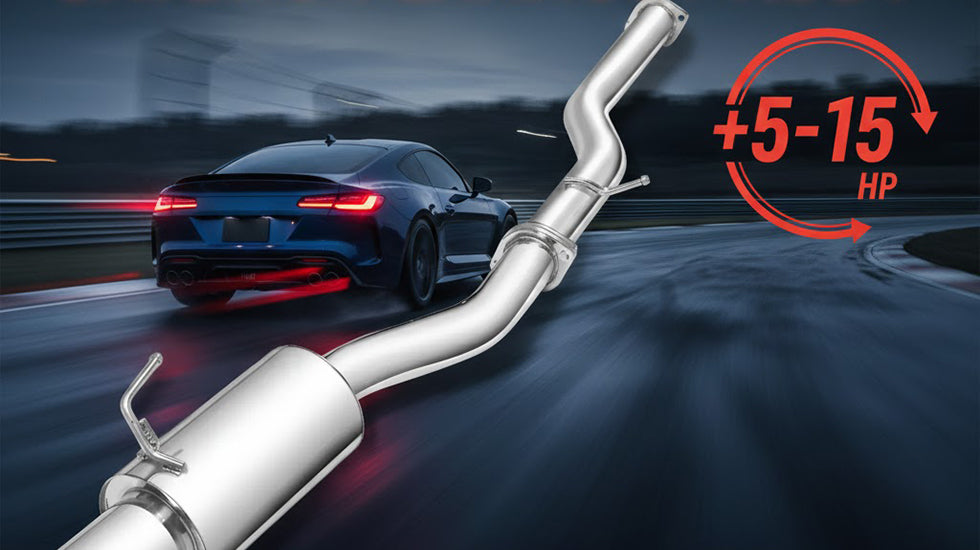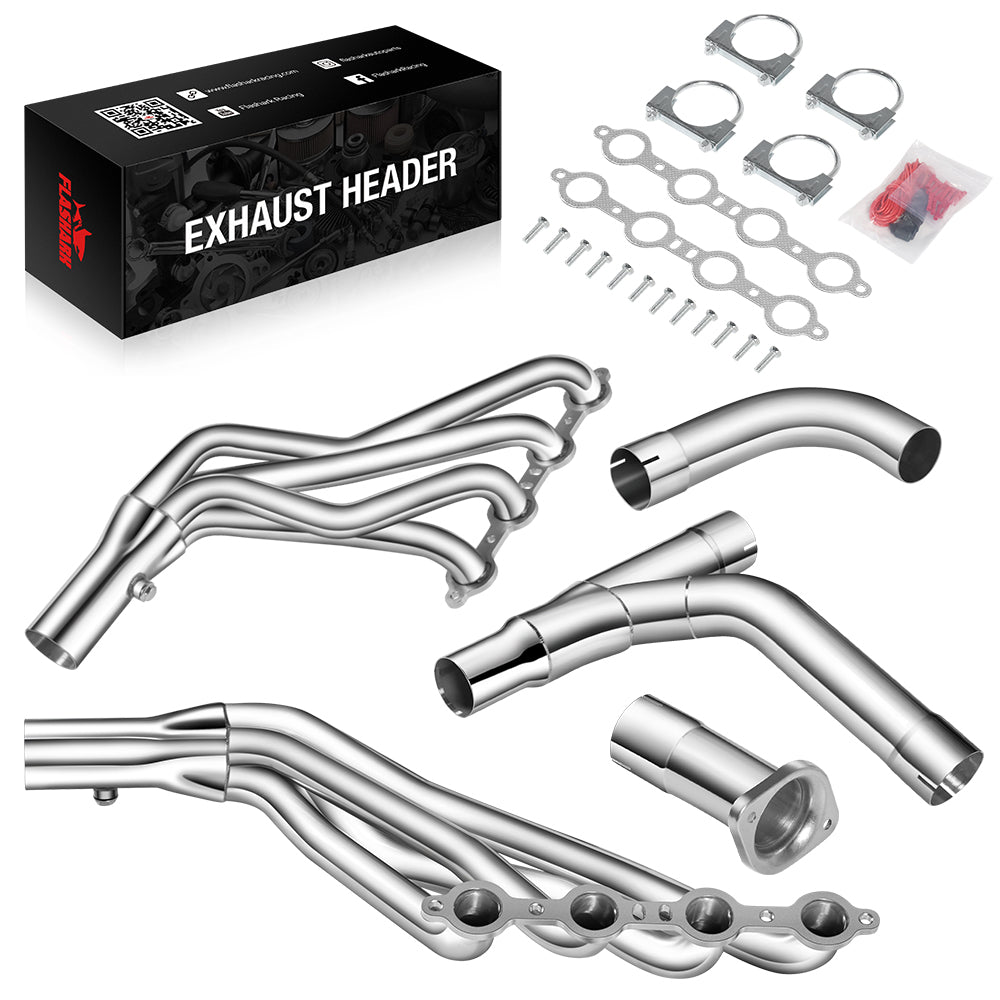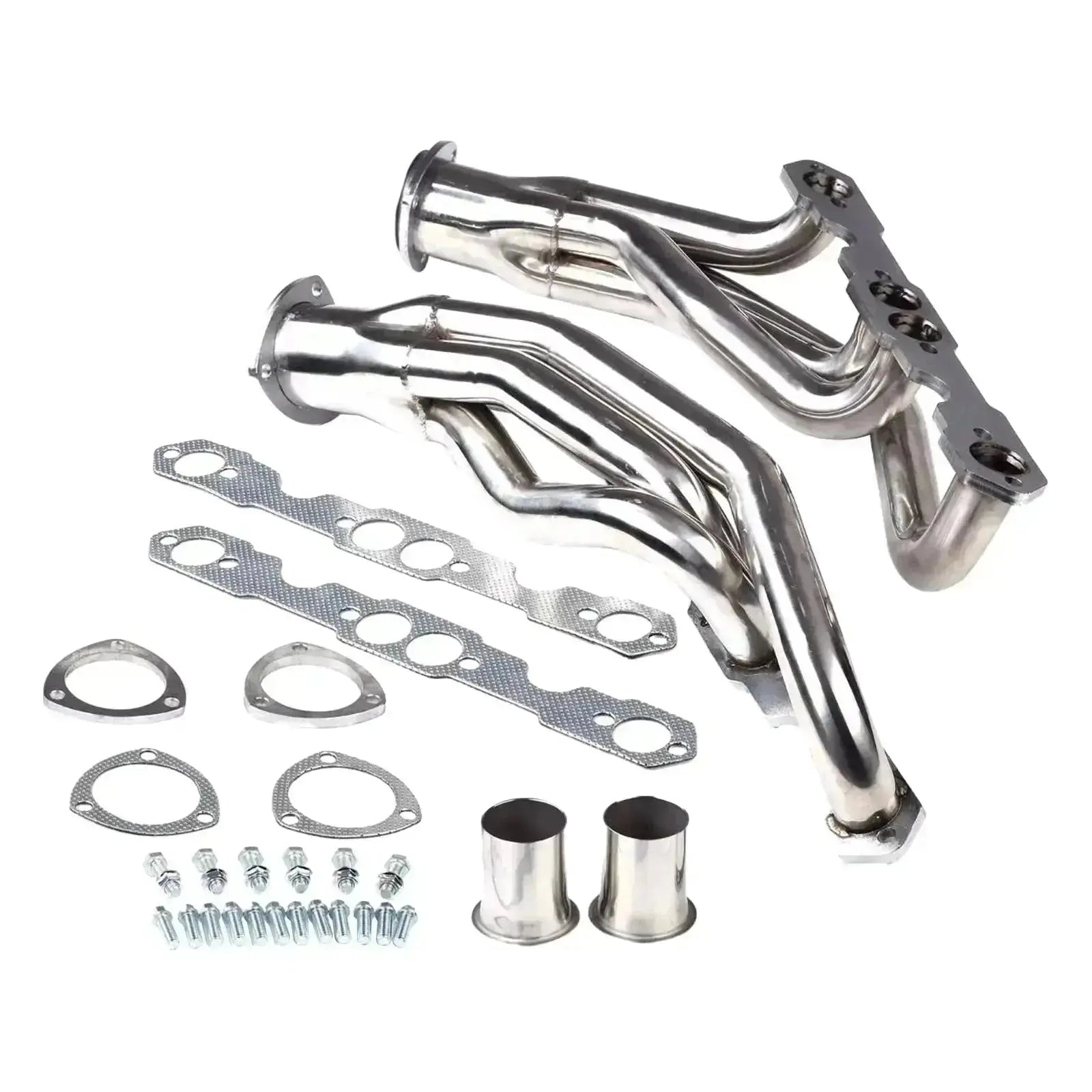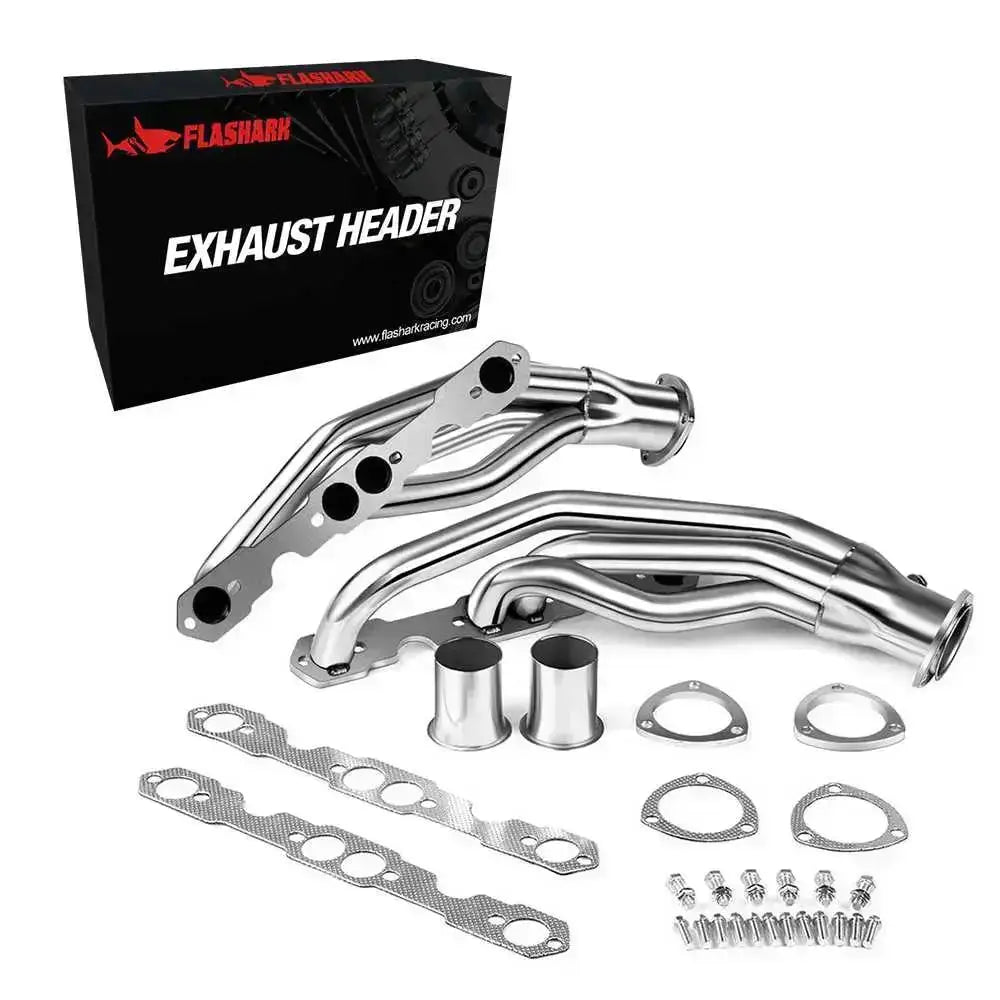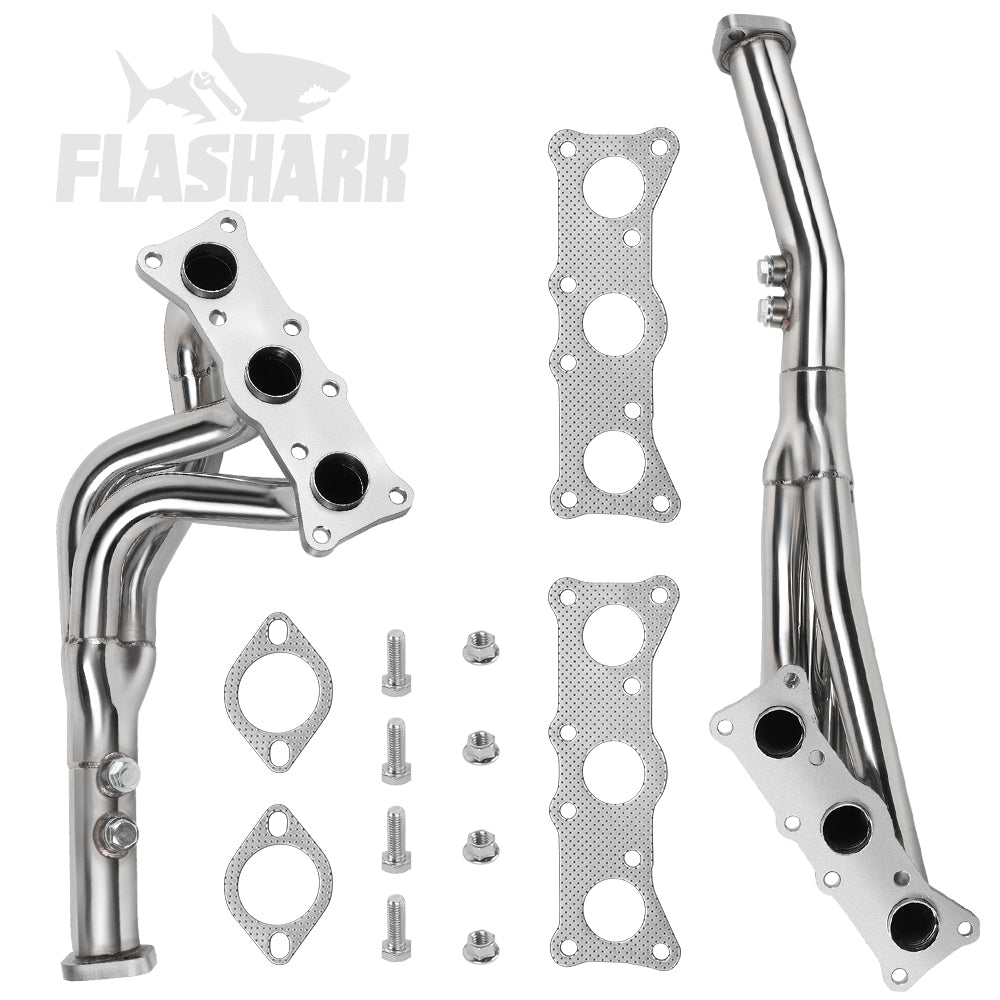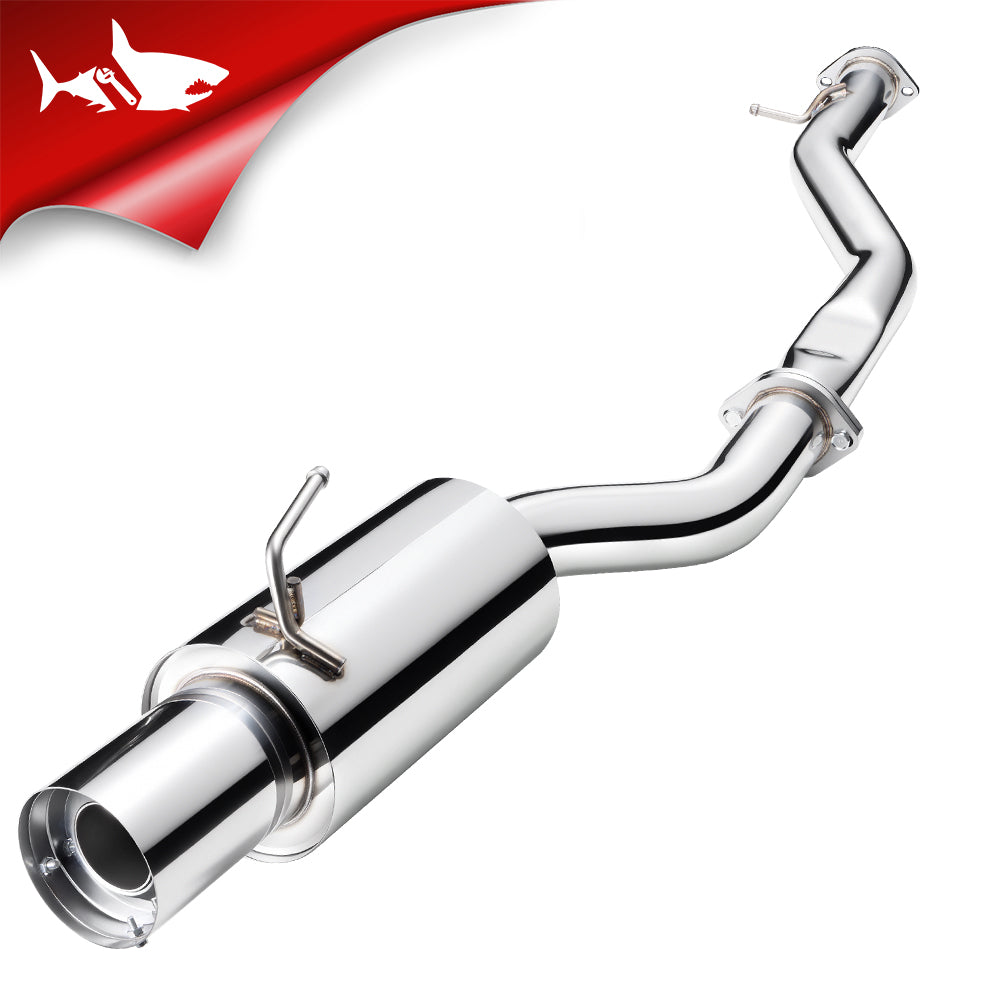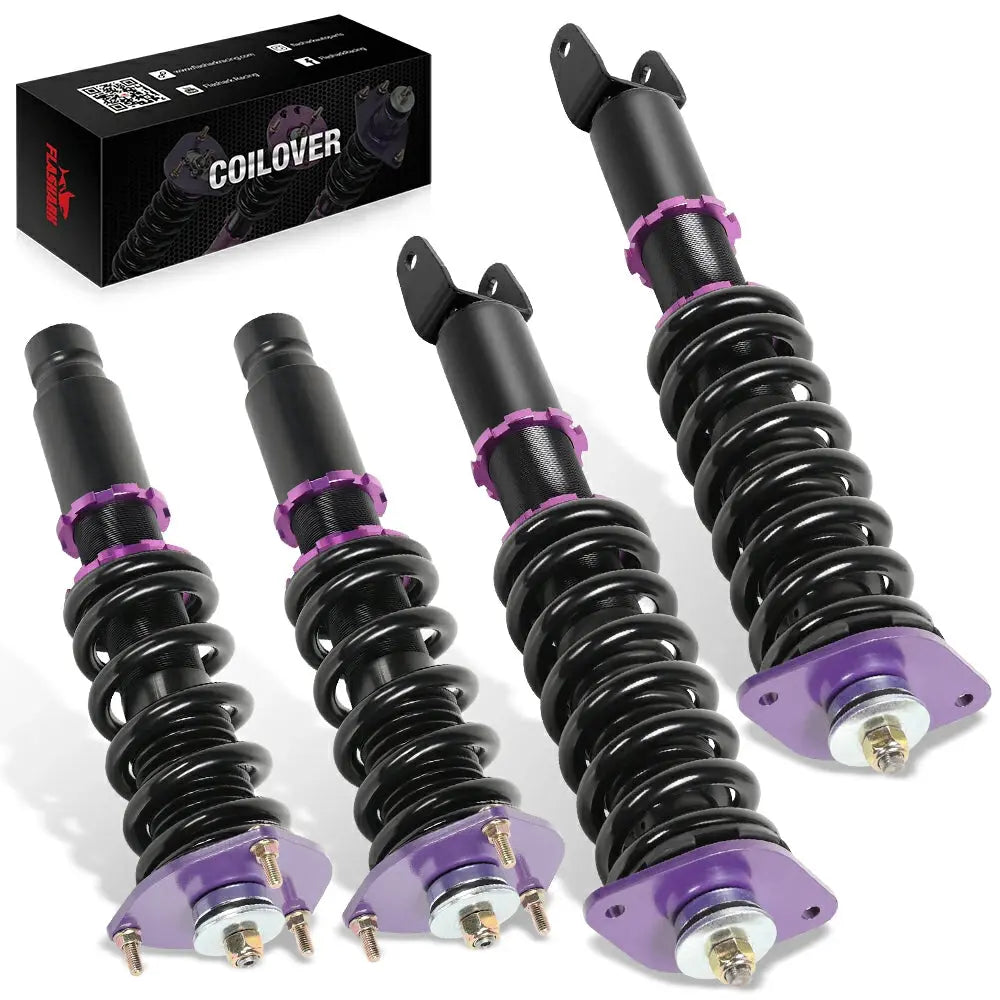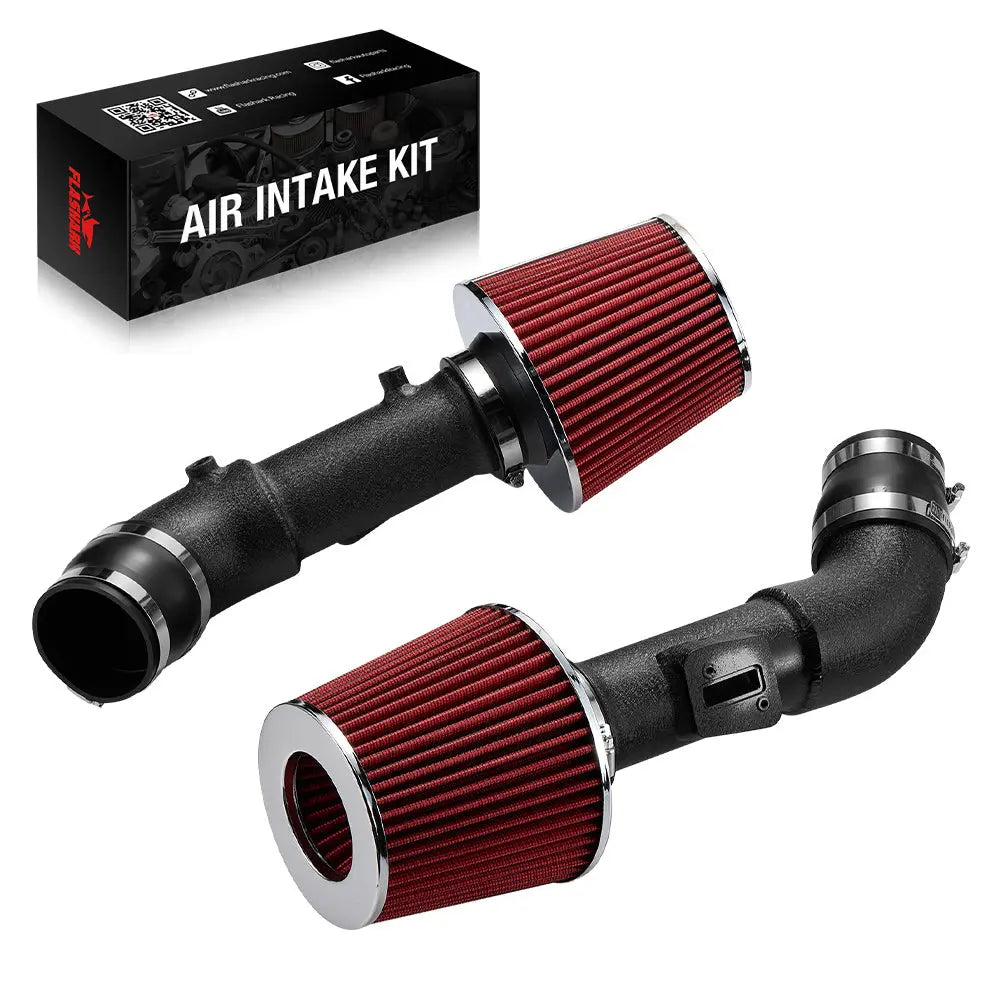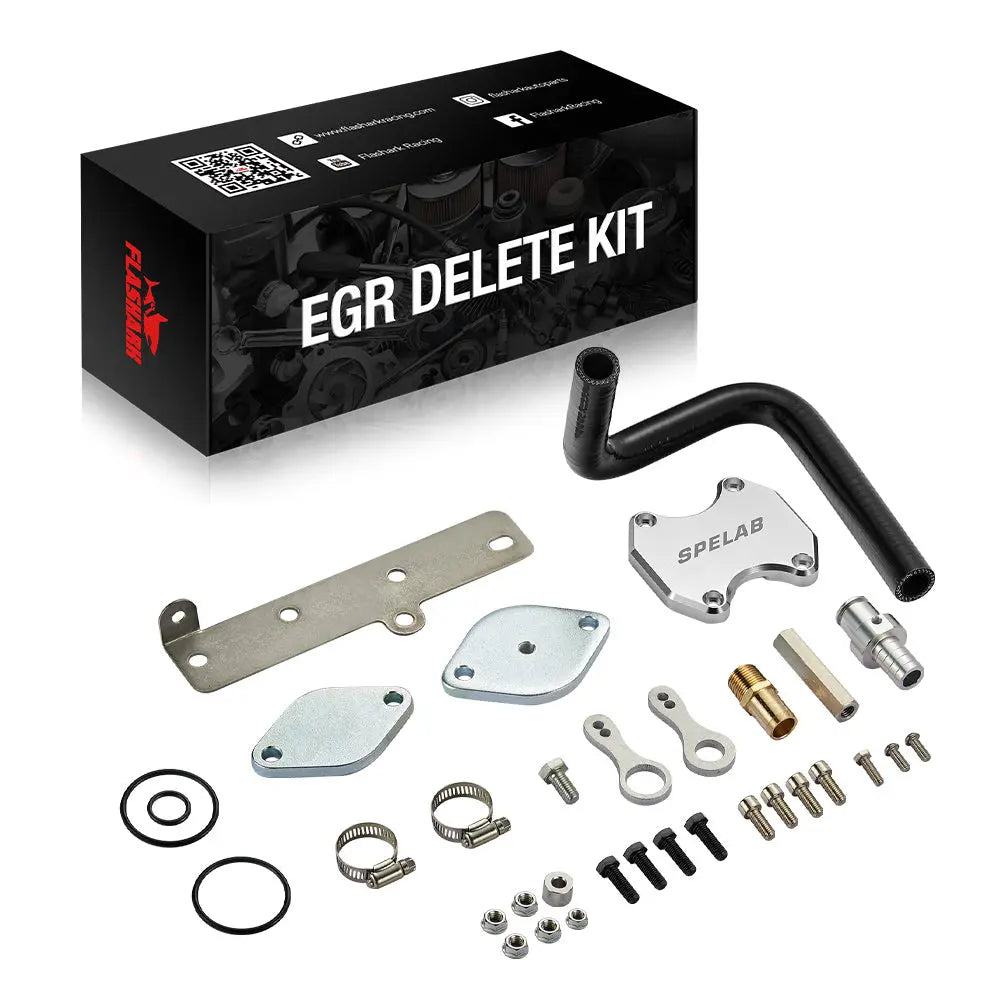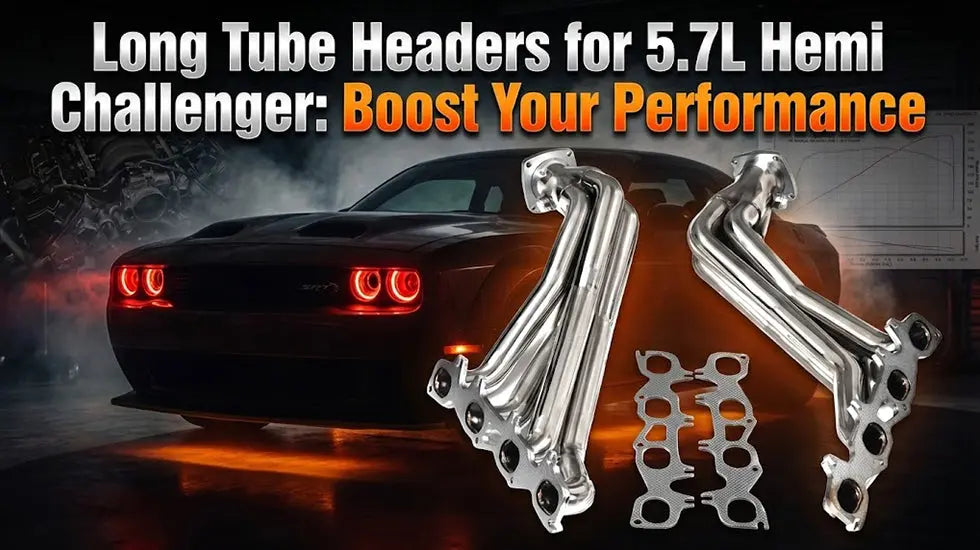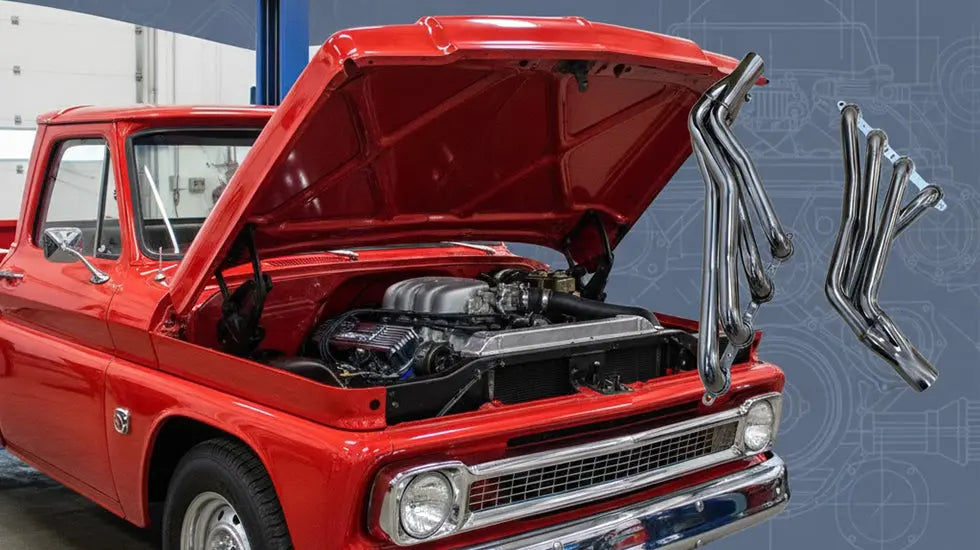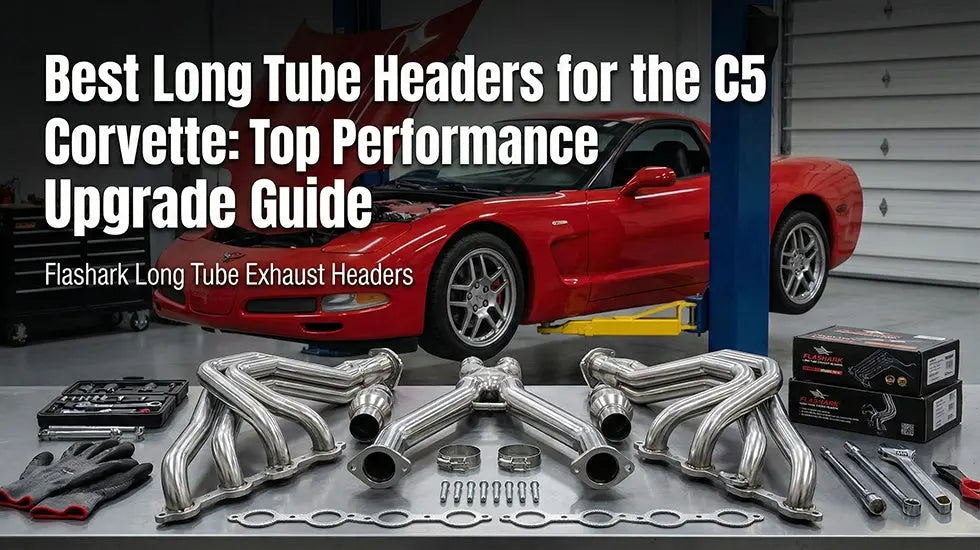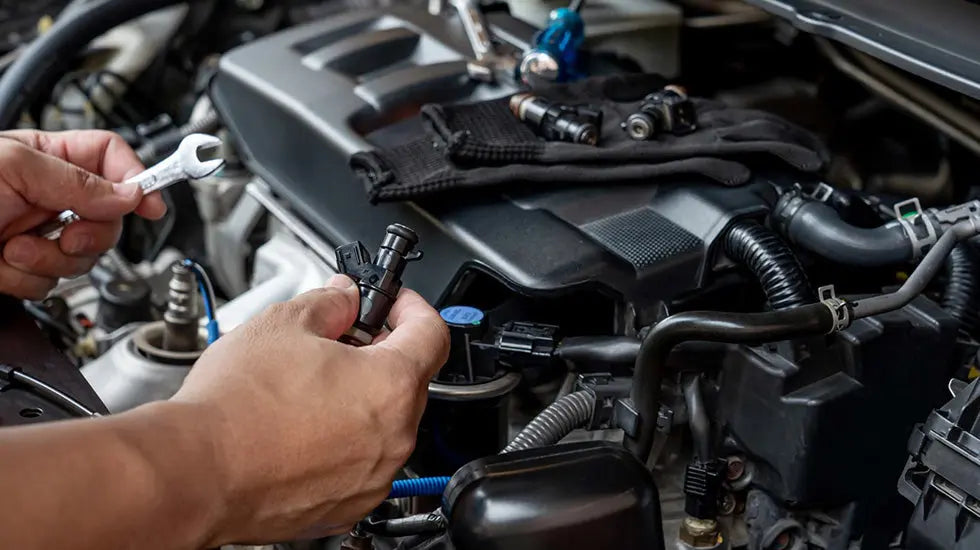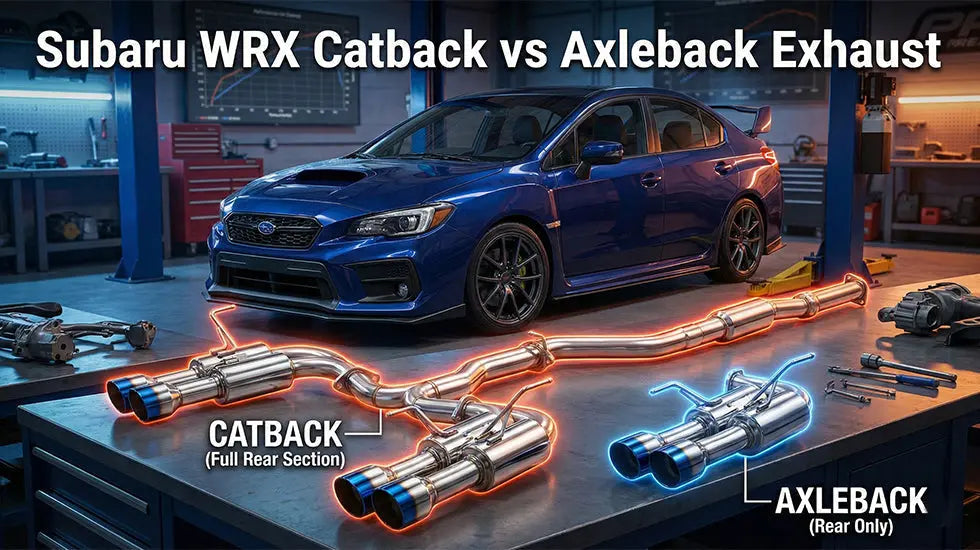A catback exhaust system is one of the most popular performance modifications among car enthusiasts. But how much horsepower does a catback exhaust add? While the gains aren’t as drastic as other upgrades like turbochargers or full engine builds, a catback exhaust can still offer meaningful improvements in both performance and driving experience. In this article, we’ll break down how much power you can expect to gain, the factors that influence these gains, and whether it’s worth the investment.
What is a Catback Exhaust?
A catback exhaust refers to the section of a vehicle’s exhaust system that extends from the catalytic converter back to the tailpipe. It typically includes pipes, a muffler, and exhaust tips. Unlike the components located before the catalytic converter (such as the headers or downpipes), the catback system focuses on optimizing the flow of exhaust gases as they exit the engine.

How a Catback Exhaust Affects Engine Performance
When an engine expels exhaust gases, they need to flow smoothly through the exhaust system. Backpressure is the resistance the exhaust gases face as they move through the system. High backpressure can hinder engine efficiency by restricting the amount of air and fuel the engine can intake. A well-designed catback exhaust system reduces this backpressure, allowing the engine to “breathe” more freely.
Catback exhaust systems are designed with smoother, wider pipes and better airflow characteristics. This design significantly reduces the resistance exhaust gases encounter, helping the engine expel gases more efficiently. By decreasing backpressure, the engine is able to operate more effectively, especially at higher RPMs where airflow is typically more restricted.
With reduced restriction, your engine can intake more air and expel exhaust gases more quickly, resulting in a more efficient power delivery. The improved airflow enhances engine performance, particularly at higher revs, and leads to marginal increases in horsepower. The smoother, less restrictive exhaust flow allows the engine to perform more efficiently across the power band.
Typical HP Gains from a Catback Exhaust
For most vehicles, a catback exhaust system typically adds 5 to 15 horsepower. The actual horsepower gains depend on various factors, including the vehicle’s make and model, engine type, and the design of the exhaust system. Some cars may experience modest improvements, while high-performance vehicles may see more noticeable gains.
Factors That Influence HP Gains:
-
Vehicle Type: High-performance cars, like the Subaru WRX or Mitsubishi Evo, which feature turbocharged engines, typically experience more significant gains from a catback exhaust. On the other hand, non-performance or daily driver vehicles tend to see smaller, more modest improvements.
-
Engine Type and Size: Smaller, higher-compression engines, like those in turbocharged cars, tend to benefit more from reduced backpressure, resulting in higher gains. In contrast, larger naturally aspirated engines usually see less of a boost, as their stock exhaust systems often already offer good airflow.
-
Stock Exhaust System Design: If the stock exhaust system is restrictive, upgrading to a catback will have a more noticeable impact. However, on vehicles with a relatively free-flowing stock exhaust, the gains from the catback system may be more limited.
Why Does a Catback Exhaust Add HP?
The primary benefit of a catback exhaust is the reduction in backpressure. Backpressure is the resistance that exhaust gases face when leaving the engine. Too much backpressure restricts airflow, reducing engine efficiency and performance. A well-designed catback exhaust uses smoother, wider pipes to allow exhaust gases to exit more freely, improving engine “breathing.” This improved flow allows the engine to expel gases more efficiently, resulting in increased power, especially at higher RPMs.
Performance Impact of a Catback Exhaust
The increase in horsepower from a catback exhaust is often felt most in the higher RPM range. Stock exhaust systems typically restrict airflow more at higher revs, and a catback exhaust helps alleviate this limitation. This translates into better overall performance and a more responsive engine.

Additional Benefits of a Catback Exhaust
In addition to the horsepower gain, a catback exhaust system provides other advantages:
-
Improved Sound: One of the most appealing aspects of a catback exhaust is the sound. A well-designed system can give your car a deeper, more aggressive exhaust note that many car enthusiasts love.
-
Weight Reduction: Many aftermarket catback exhaust systems are made from lightweight materials such as aluminum or titanium, which can reduce the overall weight of the vehicle compared to stock systems made from heavier steel.
-
Fuel Efficiency: While the primary purpose of a catback exhaust is to improve performance, some users report slight improvements in fuel efficiency. This is due to the more efficient exhaust flow, which can result in better engine performance and, in some cases, improved fuel economy.
Additional Benefits of Installing a Catback Exhaust
Sound and Performance Enhancement
One of the biggest draws of a catback exhaust is the improvement in sound. These systems can transform a quiet, subdued car into a roaring powerhouse, with the sound quality often being described as deeper, more aggressive, and sportier. For many enthusiasts, the performance boost is just one aspect of the overall enjoyment.
Weight Savings
Another subtle benefit of upgrading to a catback exhaust is weight reduction. Stock exhaust systems are often made from heavier materials like steel, while aftermarket systems may use lighter materials such as aluminum or titanium, reducing the overall weight of the vehicle.
Potential Fuel Efficiency Improvements
While catback exhausts are primarily performance-focused, some users report slight improvements in fuel efficiency. This is because the engine operates more efficiently with less backpressure, leading to better fuel consumption.
Is a Catback Exhaust Worth the Investment?
The price of a catback exhaust system typically ranges from $300 to $1,000, depending on the brand, materials, and design. While the horsepower gains are modest, the improvement in sound, weight reduction, and driving experience make it a worthwhile investment for many enthusiasts.
When to Consider a Catback Exhaust:
-
Better Sound: If you're looking for a more aggressive, sporty exhaust note.
-
Slight Performance Boost: If you want a small but noticeable increase in horsepower, especially at higher RPMs.
-
Weight Savings: If reducing the weight of your vehicle is important.
Why Pay More?
While most catback exhaust systems are priced between $300 to $1,000, our Flashark catback exhaust systems are available for just $100 to $300. Get similar performance benefits at a fraction of the price—Click here to shop now and start upgrading your ride!
Conclusion
A catback exhaust system is a solid upgrade for anyone looking to improve their vehicle's performance and sound. While the horsepower gains may not be huge, typically around 5 to 15 horsepower, the overall benefits—such as improved exhaust flow, weight savings, and a more aggressive exhaust note—make it a worthwhile investment. Keep in mind that the best results come when paired with other upgrades and tuning.

